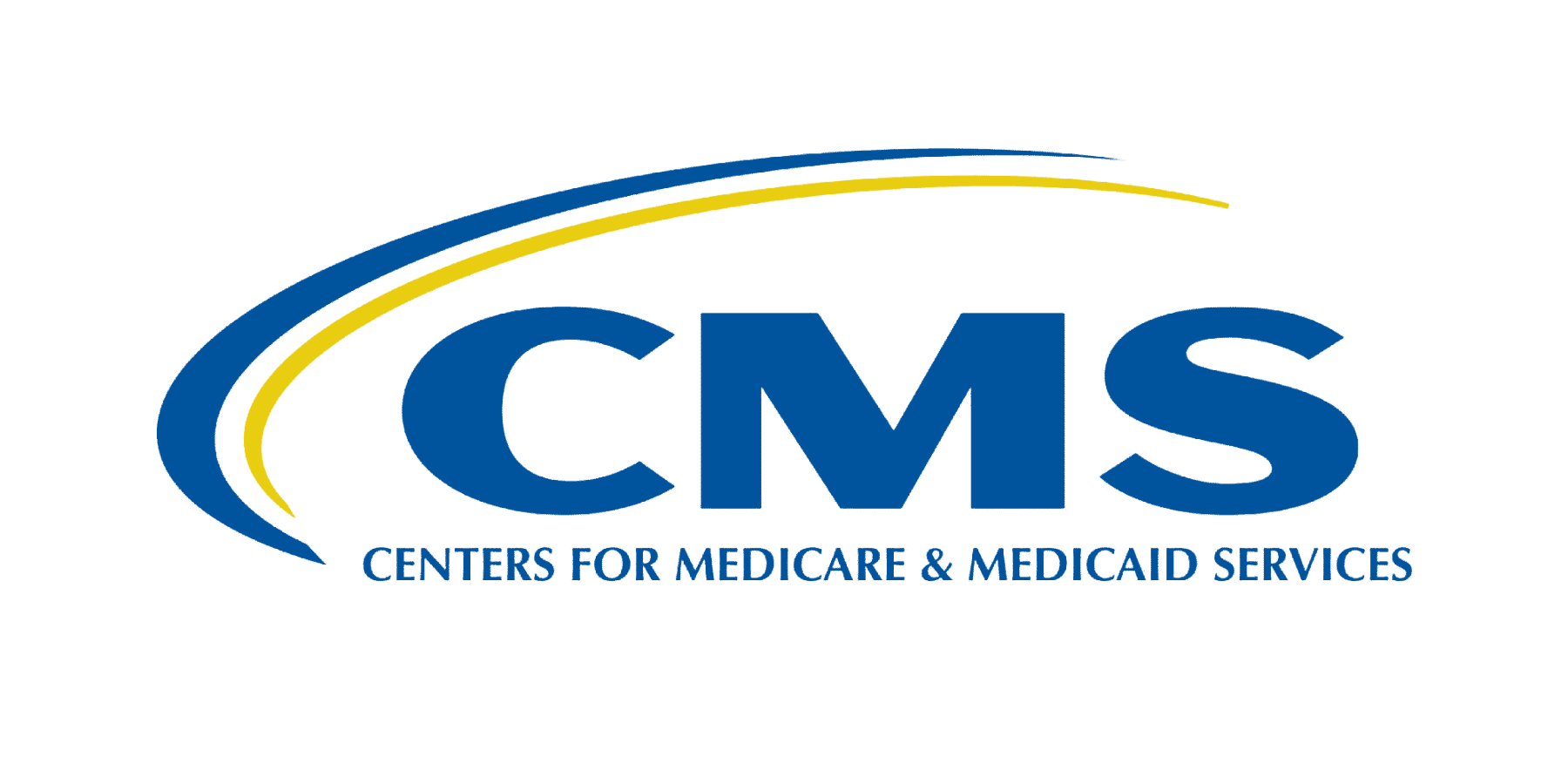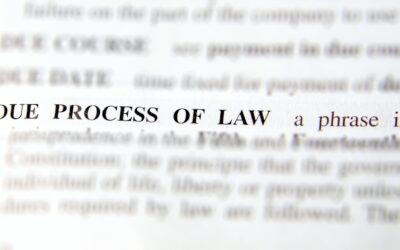This blog post is directed at all physicians and allied health professionals involved in hyperbaric oxygen therapy. The goal of this blog post is to explain the changes that CMS is proposing in the Medicare Physician Fee Schedule (MPFS) for the technical payment of HBOT in hopes that many hyperbaric physicians, nurses and technicians will submit comments to CMS.
I hope this information will supplement the information posted by the UHMS.
COMMENTS NEED TO BE IN BY SEPTEMBER 11, 2023 by 5 PM EST
- Go to : https://www.regulations.gov/document/CMS-2023-0121-1282
- Then to the COMMENT tab. In commenting, please refer to file code CMS-1784-P.
- Select a comment category, either your professional designation/ other if you are CHT or Individual
I have worked hard with Dr. Helen Gelly to try to make this complicated topic understandable, but it is very hard to explain both what is proposed by CMS and the implications it will have for everyone in order to help hyperbaric technicians, nurses and practitioners submit comments. We need individuals at all training levels to comment on the proposed changes.
I am going to try to explain by using bullet points, so here goes:
- The policy proposed by CMS “officially” only impacts office-based hyperbaric oxygen services (that’s the reason the proposed changes are in the Medicare Physician Fee Schedule, but the implications of the changes will impact everyone working on a hospital-based department. Don’t ignore this because you work in a hospital-based outpatient department hyperbaric facility.
- The issues have to do with the “G0277” code that is used to bill the technical service for HBOT. In the office-based setting, this represents the “practice” expense of the doctor, but the implications to the proposed changes are far-reaching and will affect the hospital later.
- What CMS has proposed:
- CMS has decided that the technician work (clinical activity code) needs to be changed from one that is 100% related to the physician work to one that is not related at all to the physician work.
- From the Federal Register: CMS has decided that the “intra-service time is now more appropriately labeled as clinical activity CA021 (Perform procedure/service—NOT directly related to physician work time)” This means that CMS has recommended that the technician is performing a procedure/service that is NOT directly related to physician work time. The American Medical Association Relative value Unit committee (AMA RUC) recommended that the technical part of HBOT remain one in which the technician assists the physician or other qualified healthcare professional: CA018 (Assist physician or other qualified healthcare professional—directly related to physician work time (100% of physician intra-service time). The RUC recommendation needs to be accepted by CMS.
- This proposal has wide-ranging implications because if the physician work is not related to the actual treatment, then a physician is not supervising anything and physician supervision is no longer needed.
- Adverse events can occur at any phase of a hyperbaric treatment. Many certified hyperbaric technicians (CHTs) are EMTs but only an advanced practitioner can intervene if the patient has a seizure, for example. When CHTs and RNs monitor a hyperbaric treatment, they are supervised by an advanced practitioner who is able to intervene in the event of a medical emergency. CHTs and CHRNs cannot safely monitor a hyperbaric patient without a physician being involved.The change in the clinical staff type (RN/RT) should not uncouple physician supervison of the hyperbaric treatment from the provision of that treatment.
- CMS has also stated that the hyperbaric chamber is only being used for 15 minutes out of the 30-minute segment.
- CMS does not understand that more than 80% of the time, the technician supervises only one patient at a time. In those RARE times that a chamber operator is monitoring two patients simultaneously, each patient is in their own chamber THE WHOLE TIME. Additionally, the air break mask is inside the chamber with the patient and cannot be taken out to be shared or reused during the course of the treatment. Thus, the equipment is needed 100% of the time.
- CMS has decided that the technician work (clinical activity code) needs to be changed from one that is 100% related to the physician work to one that is not related at all to the physician work.
Here are the reasons why the above determinations by CMS are incorrect in so far as physician involvement in the technical component of HBOT:
- The Diving and Hyperbaric Medical Board is clear that the individuals performing the technical component of HBOT are supervised by an advanced practitioner.
- Hyperbaric oxygen therapy supervision in the office setting is under “direct supervision” per the regulations relating to the physician office setting, and thus the activity of the technician or nurse is DIRECTLY related to the supervision of the hyperbaric patient by the physician.
- The specific credentials of the staff member has no bearing on the fact that the technician/nurse must be performing the treatment while the physician supervises the therapy (in other words, even if a respiratory therapist was performing the treatment, the advanced practitioner would still have to be there).
- The hyperbaric treatment is an ongoing intervention and adverse events or complications occur at anytime during the treatment, requiring the intervention of the physician, therefore the clinical activity of the technician is 100% related to the physician intra-service time.
Here are the reasons why the above determinations by CMS are incorrect in so far as the use of hyperbaric staffing and equipment are concerned:
- CMS is proposing to refine the clinical labor time for the “CA013” activity (which is to Prepare room, equipment, and supplies) from 1.5 minutes to 0.5 minutes, as well as the clinical labor time for the “CA016” activity (Prepare, set-up and start IV, initial positioning and monitoring of patient) from 1 minute to 0.5 minutes to align with the 2-minute standard for these clinical activities.
- The problem is that since HBOT treatments normally last 90 to 120 minutes, at least four of the 30-minute G-codes have to be billed in order to charge for the technical service part of any given HBOT. Since there is no code that is specific to “getting the patient ready for HBOT”, some part of EACH G-code is allocated to “prep time” in order to account for getting the patient ready and removing them from the chamber. No matter how efficient you are, it is not possible to get a patient from arrival at the facility to the inside of the chamber in only 2 minutes total which is what CMS is proposing by reducing the time to 0.5 minutes in each G-code.
- To comment the reduction in the prep time, think about how long it takes you to do the following and ask yourself if it can be done in 2 minutes total:
- Give patient special scrubs to change into
- Take Vital signs/blood sugars
- Position the patient on gurney, top include water bottle, offloading devices and choosing entertainment channel .
- Time to read/sign off the prohibited item checklist with the patient
- Time to ground with Ohm meter
- At the end of the treatment, obtain vital signs and monitor the patient for 2 minutes for residual oxyen toxicity,
- wipe down pillows and stretcher with antibacterial/antiviral
- wipe inside of chamber then place new sheets/pillowcases on the stretcher
- change out air break apparatus and grounding assembly
- To comment the reduction in the prep time, think about how long it takes you to do the following and ask yourself if it can be done in 2 minutes total:
- CMS disagreed with the AMA RUC recommendation for intra-service time (30 minutes) and are proposing to refine the recommended intra- service (called “CA021”) to only 15 minutes.
- This decrease from 30 to 15 minutes is based on the mistaken assumption that in more than 50% of monoplace facilities, two patients are treated at a time and the time of the technician is split between both patients, hence 15 minutes of supervision in a 30-minute segment.
- However, an analysis of the National Hyperbaric Oxygen Therapy Registry (sponsored by the US Wound Registry) presented at the Annual Scientific Meeting of the UHMS in 2023, showed that in a ten-year review (2013-2022) of HBOT treatments, 87.1% of hyperbaric physicians supervise only two hyperbaric treatments PER DAY. Of the 333 physicians that reported data from 53 facilities, only 2 physicians (0.6%) performed an average of > 8 patient treatments per day (which would mean Furthermore, there has been no variation in the number of treatments per patient or the number of treatments per day throughout the 10-year study period. Therefore, in the average center, the technician is devoting the entire time to one patient at a time.
- Additionally, in the case of an adverse event, such as a fire, the requirement is for a tech/nurse to be able to help evacuate all chambers, which means that one chamber one tech because one tech cannot evacuate two chambers simultaneously.
CMS is proposing to refine the equipment time for the EQ362 (HBOT air break breathing apparatus demand system (hoses, masks, penetrator, and demand valve)) and EQ131 (hyperbaric chamber) equipment items from the recommended 39.75 minutes to 23.25 minutes. This is a result of the 15-minute intra-service time, as opposed to the AMA RUC recommendation of 30 minutes of intra-service time.
- This statement by CMS not only means that they believe the patient is in the chamber for only 15 minutes out of every 30 minutes but implies two patents could potentially use a monoplace chamber at the same time. This misunderstanding by CMS needs to be corrected.
COMMENTS NEED TO BE IN BY SEPTEMBER 11, 2023 by 5 PM EST
- Go to: https://www.regulations.gov/document/CMS-2023-0121-1282
- Then to the COMMENT tab. In commenting, please refer to file code CMS-1784-P.
- Select a comment category, either your professional designation/ other if you are CHT or Individual. You can attach files.





